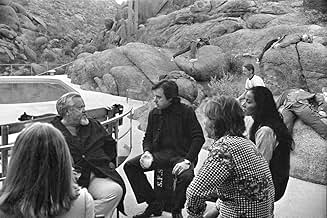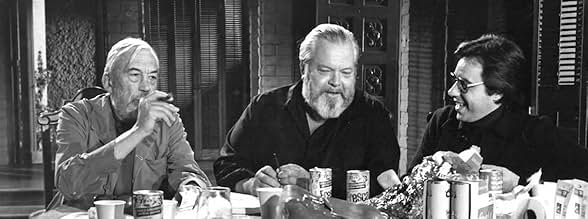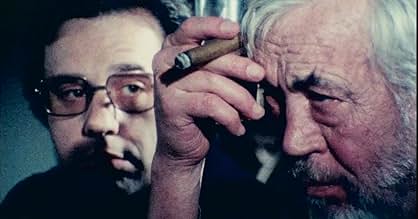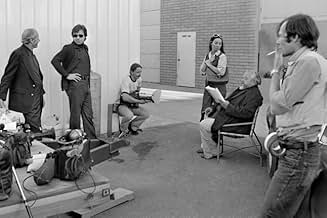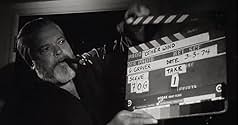The best film about the making of "The Other Side of the Wind" (2018) is "The Other Side of the Wind," but this companion piece "They'll Love Me When I'm Dead" is an interesting documentary, too, about the making of a film that was already about its own making. Orson Welles's picture concerns a film unfinished at the time of the director's death, leaving behind a slough of footage for his friends and admirers to assemble into a finished product, which is what has been distributed by Netflix after all these decades. Two films in one, the outer one, from the cameras of documentary filmmakers, already contains a considerable amount of analysis of the meaning of the film within and its director, too. In this respect, it's a wonder there's much ground left to cover in "They'll Love Me When I'm Dead." Welles's film is so multi-layered, though, and so much footage was left out of the ultimate release (reportedly, cutting near 100 hours down to about two), that even this documentary about it allows for multiple and contradictory interpretations and, yet, doesn't even cover much of what also must be a compelling story of what's happened to the film since the death of Welles.
Some of the stuff from the talking heads here is irrelevant (e.g. Welles's reported fondness for Fudgsicals) and armchair psychology, but there's enough information about the production of "The Other Side of the Wind," with clips not used in the release print edited in here, as well as looks at some of Welles's other pictures to make this documentary worthwhile. I think the end clip of Welles wishing that everyone would see his film is especially apt given its final distribution by Netflix, which as the most-popular online movie streaming service offers the best hope of fulfilling that wish. And, Welles's film may be the best thing Netflix has yet distributed. It's a fitting end for a film, too, that is partly about the death of classical Hollywood and the rise of a New Hollywood that admires an auteur of the prior generation and which features then-new forms of motion-picture making and viewing--TV, 16 and 8mm cameras and the drive-in theatre--technologies and platforms that themselves have since been largely or, at least, partially superseded by computers, digital technology, smart phones and streaming.


